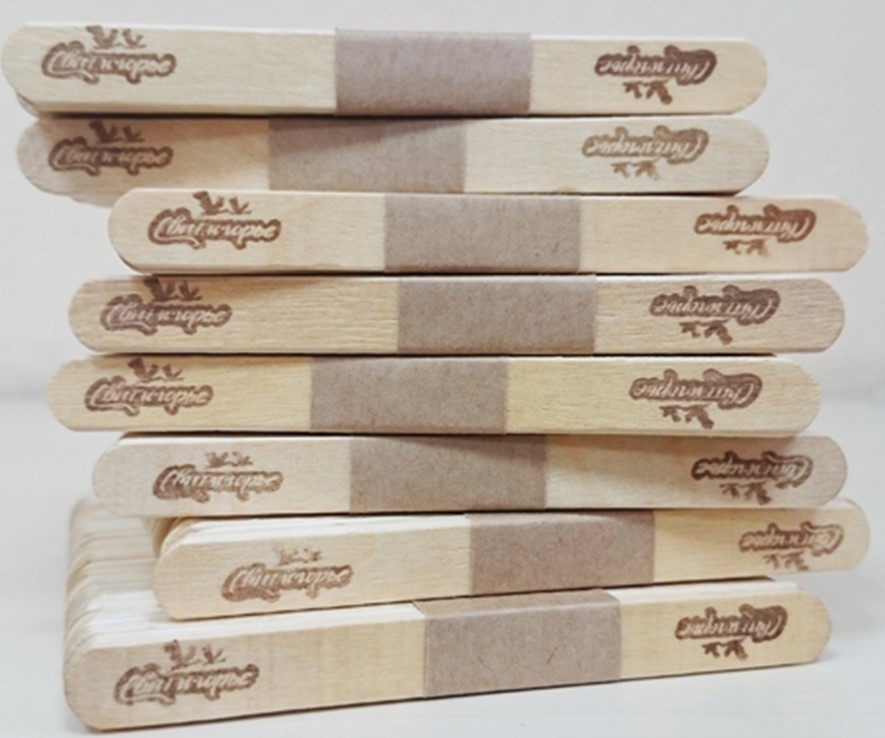Deep bedding for goats

What is the difference between deep litter and shallow litter? First of all, your labor costs. If you thoroughly clean your goat housing every 10 to 14 days, this is a fine bedding method that is essential in warm to hot weather. By winter, you can switch to an alternative method - adding a top layer of litter in the fall and general cleaning in the spring.
it should be especially emphasized that deep bedding for goats is contraindicated in the warm months, since in this case it will provide a substrate for the breeding of flies and other parasites. In the winter, creating deep litter adds an element of warmth as the organic matter composts, providing a benefit during cold weather.
Despite their fur coats, goats are prone to respiratory problems, and the cold, wet environment in winter can make these problems worse. When it's cold from an icy floor, goats will not sit on loungers, but will crowd together to keep warm - an additional risk factor for the transmission of respiratory pathogens and parasites. Therefore, from the very beginning, a shed for goats is designed to be quite spacious: 2 square meters for adult animals, for a goat with offspring it will be approximately two and a half to three square meters, for a kid up to 12 months - 1 square meter, in extreme cases 70 sq cm. And the barn is made high, so that the windows are no lower than one and a half meters from the floor, or better yet, even higher. This way the goats will not break the windows with their horns and there will be room for deep winter bedding.
While there is still debate among goat farmers about whether deep litter causes foot rot, it should be noted that this truly dangerous and painful disease is caused by a bacterial infection, most often by the organism Dichelobacter nodosus. This bacterium thrives in damp and unsanitary conditions, which properly managed deep litter does not address. And if the goatsfoot rot , then it should be treated regardless of whether you transfer the animals to deep litter for the winter or not.
Let us remind you that foot rot in goats is treated with baths with the recommended solution of copper sulfate or zinc sulfate, hoof trimming and antibiotics (oxytetracycline, penicillin or tetracycline ). Treatment is prescribed and carried out by a veterinarian.
Now on to how to start deep bedding for goats. Clean the floor thoroughly, rinse, then again with a diluted bleach solution, again with water and let dry completely. Next, sprinkle the floor with lime, while in summer the floor in the goat shed/shed is covered with diatomaceous earth. It is important to use granary lime (crushed anhydrous calcium carbonate obtained naturally from limestone, the so-called calcined one), and not slaked lime, which is dangerous and caustic (slaked lime should have a warning label on the packaging). Calcined or granary lime - gray, slaked, also known as construction lime - white.
The most common bedding for goats is pine shavings or straw. Pine shavings are aromatic and absorb moisture well, but they are more expensive and tend to stick together tightly. Straw is cheaper, less messy when dry, and easier to remove (with a pitchfork) if the layer starts to smell bad. Between these two options, choose the one that suits your finances best.
Lay the first layer at least 15 cm thick to ensure sufficient insulation and absorption capacity. Next, start gradually adding new layers on top of the first, using the “olfactory” test. If an unpleasant odor begins to appear, add dry materials. As each layer is added, the waste (manure and urine) will decompose along with the bedding material, generating heat as it decomposes.
Finally, we emphasize: if you use the deep litter method, the shed should have good ventilation, and the layer of litter should be crumbly and dry, without a strong ammonia plume.
Read together with it:
- How prevention is changing the fight against the leading cause of death in RussiaThe network of vascular centers established in RUSSIA has proven its effectiveness in saving lives. Today, the state prioritizes managing risk factors and increasing patient adherence to treatment.September 29th marks World Heart Day— cardiovascular HEALTH directly determines life quality and life expectancy. In Russia, the prevention, diagnosis, and treatment of heart and vascular diseases are a ...
- Compensation for moral damages, 4 years in prison. The perpetrator of a fatal accident near Gomel has been sentenced.September 30, Gomel. The Gomel District COURT issued a verdict in a criminal case regarding a traffic violation committed by a person driving a vehicle while intoxicated.A pedestrian was found guilty of driving while intoxicated , resulting in his death through negligence . This was reported to BELTA by the Gomel Regional Court. The defendant was charged under Part 4 of Article 317 of the Criminal...
- Russia has registered a new strain of the virus that causes diarrhea in cattle.Currently, existing preventative measures are primarily based on genotype 1 strains, while many countries are reporting cases of illnesses associated with genotype 2 viruses. RUSSIA currently lacks vaccines that cover both types of the pathogen. The patent, registered on August 21, represents an important step in providing domestic livestock farming with modern protective measures and reducing dep...
- Metro Names Why Rumors About Trump's Health Have IncreasedSpeculation about the HEALTH of US President Donald Trump has intensified amid road closures near Walter Reed National Military Hospital in Washington, the British newspaper Metro reports. Trump was treated at this hospital in 2020 forcovid-19 . The photos appeared on the social network X after the Republican arrived at his golf club with a motorcade. Metro has found no confirmation of the legalit...
- Pinsk resident forged prescriptions and sold them on social networks. Court sentencedPhoto by the Prosecutor General's Office September 2, Brest. The Pinsk Interdistrict Prosecutor's Office supported the state prosecution in COURT in a criminal case on document forgery and the use of a knowingly forged official document, BELTA reports citing the information service of the Brest Region Prosecutor's Office. A 34-year-old local resident was in the dock. Previously, he was undergoing ...
- Russia has launched the first test system for detecting 25 viruses at once.The new test diagnoses all significant pathogens of acute respiratory viral infections,COVID-19 , enteroviruses, adenoviruses, rhinoviruses, metapneumovirus, respiratory syncytial virus , and bocavirus, Rospotrebnadzor reported.Scientists at the Central Research Institute of Epidemiology of Rospotrebnadzor (Rospotrebnadzor ) have developed the first test system in RUSSIA capable of detecting 25 di...
- The United States has confirmed a case of human infection with a blowfly.On August 4, the U.S. Department of HEALTH and Human Services (HHS) confirmed the first human case of MEAT myiasis.flies in the United States. The patient, a Maryland resident, recently visited El Salvador, where the plague is still actively raging. The BBC News agency initially reported the case, explaining that the parasite feeds on living tissue and primarily infects livestock, although it can ...
- Experts warn of the risk of bordetellosis in young turkeys.Bordetelliosis is caused by the bacterium Bordetella avium. The infection is transmitted by contact, bedding, and water. The incubation period is 7–10 days. According to experts, the incidence of disease in young birds aged 2–6 weeks can reach 80–100%, with a mortality rate of approximately 10%. Within a week, the bird develops a local and systemic immune response: secretory antibodies are produce...
- Spanish veterinarians are studying alternatives to antibiotics in equine breeding for the treatment of endometritis.The Equine Reproduction and Spermatology Research Group at the University of Extremadura ( UEx ) is working to determine whichbacteria naturally occurring in the uterus of healthy mares to understand how this microbiota interacts with the immune system and collaborates with it to protect against infections. Infectious endometritis, or uterine infection, is one of the leading causes of infertility ...
- Probiotics could boost cow productivity and make meat safer, study findsScientists from the Saint Petersburg State Agrarian University (SPbSAU) and specialists from the companies Gatchinskoye and Biotrof+ have determined how a probiotic feed supplement based on Bacillus sp. (a genus of gram-positive rod-shaped bacteria) improves digestion and the composition of the rumen and intestinal microbiota, as well as affects the HEALTH of the uterus. During the study , ten cow...




























































